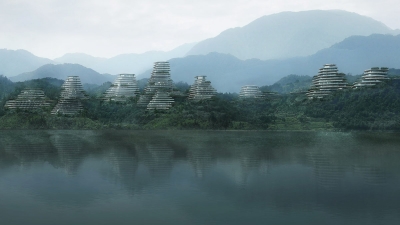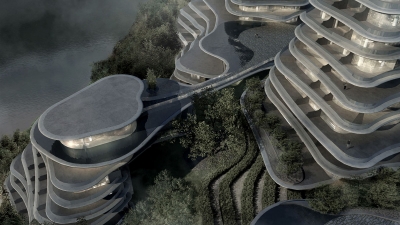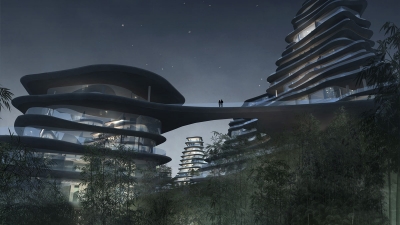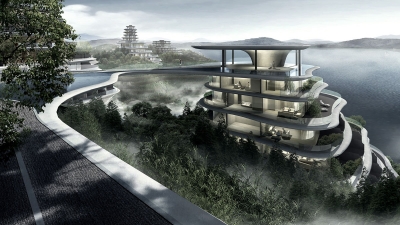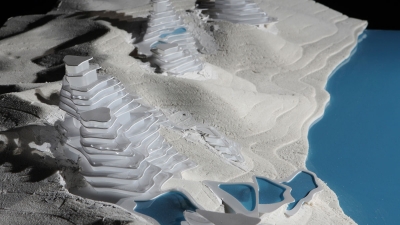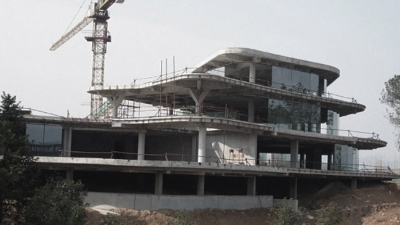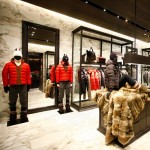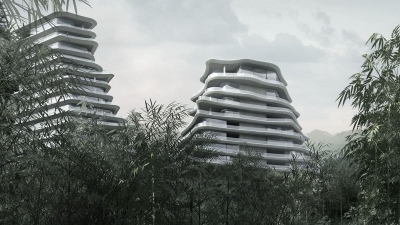
Project: Huangshan Mountain Village
Designed by MAD Architects
Location: Anhui Province, China
Website: www.i-mad.com
Huangshan Mountain Village design coming from the famed MAD Architects practice, the project is shaped for a location in Anhui Province where it's already under construction.
From the Architects:
Modern people live in a competitive society with firm belief in efficiency; hence they find it difficult to understand why characters portrayed in Chinese paintings would brave torturous mountain paths to reach the top simply to enjoy a tea in a pavilion.
Located near Huangshan Mountains , the site of verdant scenery and limestone cliffs have long inspired artists and offered sheltered spaces for contemplation and reflection. Yet, as an increasingly popular tourist destination – further exposed by its UNESCO Heritage status –it risks to compromise this iconic landscape.
The impression we have of mt. Huangshan and Taiping Lake is vague: each time they emerged different, a bit mysterious, like ancient landscape paintings, never realistic, but drawn from feelings that appear in the heart and mind. This is the basic idea, that we allow these states of emotion, as someone facing layer upon layer of mountains and haze. We hope that residents will not just look at the scenery, but see themselves in relation to this environment, instead of pursuing life in large cities. – Ma Yansong
MAD’s design affirms the inherent significance of this landscape. Composed in deference to the local topography, the village provides housing and communal amenities organized in a linked configuration across the southern slope of Taiping Lake. As its form evokes the geology of the region, the village blurs the boundaries between the geometries of architecture and nature.
For residents, the apartments will be a quiet retreat – an immersive, natural space. All apartments have spacious balconies which overlook the lake. Communal amenities and walking paths encourage residents to wander among the buildings. Each floor of each building is unique and accessed from shared social spaces, creating a seamless balance between private and public spaces.


